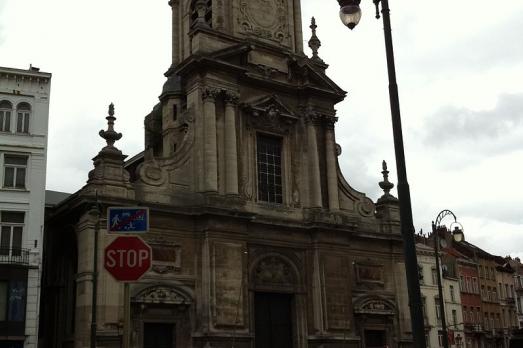
Saint-Josse Church
Brussels, BE
The Saint-Josse church is a neo-baroque church built in 1867 by the architect Jules-Jacques Van Ysendyck. It is a listed monument since 2009.
Here you can search for a building to visit. You can use the map find destinations, or you can use the filters to search for a building based upon what different criteria.

Brussels, BE
The Saint-Josse church is a neo-baroque church built in 1867 by the architect Jules-Jacques Van Ysendyck. It is a listed monument since 2009.
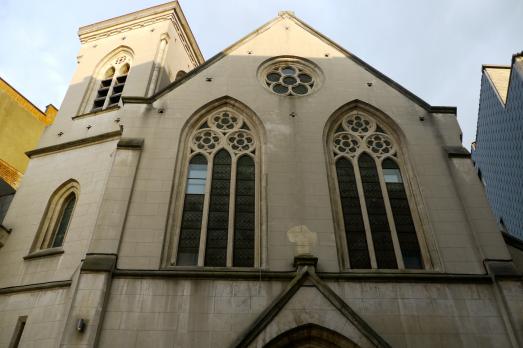
Ixelles, BE
The Church of Resurrection was an Anglican church founded in 1874 by Evan Jenkins, grandson of the first Anglican preacher in Brussels. Abandoned in 1958, the church was desecrated and turned into a nightclub in 2009.
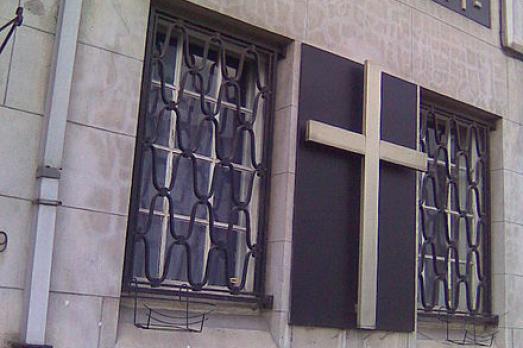
Brussels, BE
The pro-cathedral of the Holy Trinity is an Anglican religious building located in Ixelles. It was built from 1883 to 1885 and belongs to the Anglican diocese of Gibraltar.
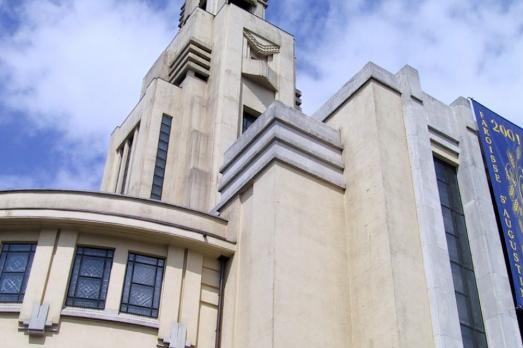
Forest, BE
The church of Saint-Augustin was built in 1935. The church is an example of Art Deco religious architecture in Belgium. The architects Léon Guiannotte and André Watteyne were commissioned to draw up the plans for the church. Most of the work was carried out in two years (1933-1935). In the 1980s, the building deteriorated badly, but thanks to the new interest in art deco in Brussels, the church escaped demolition (requested by the engineers of the Brussels metro) and was classified as a national heritage site in 1988.
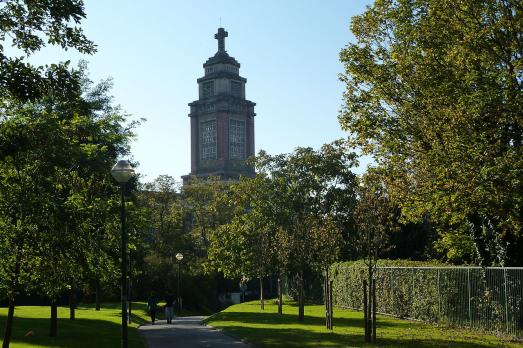
Schaerbeek, BE
The Church of St. Suzanne was built on private initiative from 1926 to 1928. It was built on the initiative of Mrs Louise Thiery, in memory of her daughter Suzanne who died at the age of 20. The church was designed by the architect Jean Combaz, who drew up the plans in 1925. The Art Deco style building was completely renovated between 2014 and 2018.
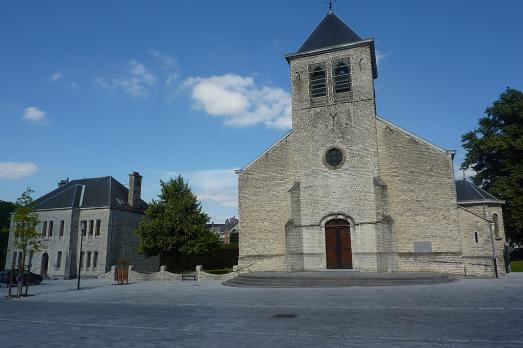
Evere, BE
The church of Saint-Vincent would have been founded as an oratory by Landry de Soignies (637-700) around 675 for his father Saint-Vincent. Entirely in Romanesque style, its oldest part - the tower - was built between the 11th and 12th centuries. Ravaged several times by the Calvinist iconoclasts between 1578 and 1585, it was not until 1602 that the church received a new roof and the north door of the tower was walled up and replaced by the present entrance.
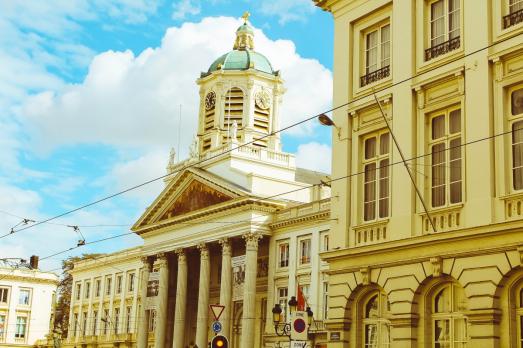
Bruxelles, BE
The church of Saint-Jacques-sur-Coudenberg, built between 1776 and 1787, is a "royal parish" and, since 1986, the cathedral of the diocese to the Belgian Armed Forces. The 18th century building replaces the castle chapel of the Coudenberg Palace and the church of the Coudenberg Abbey, both destroyed to make way for the church. In 1849, Tilman-François Suys replaced the old campanile with an imperial wooden bell tower with four bells and, in 1851, Jean-François Portaels decorated the pediment with a fresco.
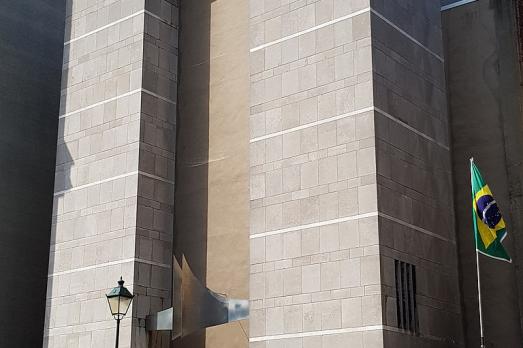
Saint-Gilles, BE
The parish church of Sainte-Alène was built in different phases, from 1938 to 1972, by the architect Roger Bastin. The construction of the church was delayed due to the war, the many hesitations of the architects and the difficulty in raising the necessary funds. Almost completed in 1951, the church will be modified somewhat further. In 1972, Bastin decorated the façade, built from 1946 onwards, with a decorative metal motif. Inside, a set of semicircular arches is used in both the structures and the decoration. Today, the church is used by the Brazilian community.
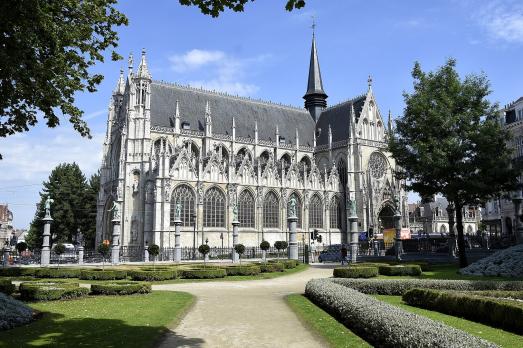
Brussels, BE
Built in the 15th century, Notre-Dame du Sablon Church is located in the historic center of Brussels. In bad condition by the 19th century, the church was restored (1895-1912) and classified National Monument since 1936. The church is of significant importance for the town as the starting point for the historic Ommegang procession. The Sablon church was also the place of worship of the military guilds of the city of Brussels. Each of the guilds had an altar dedicated to their patron saint: Saint Christopher for the harquebusiers, Saint Michael for the fencers, Saint Anthony and Saint Sebastian for the archers and Saint George for the small crossbowmen.
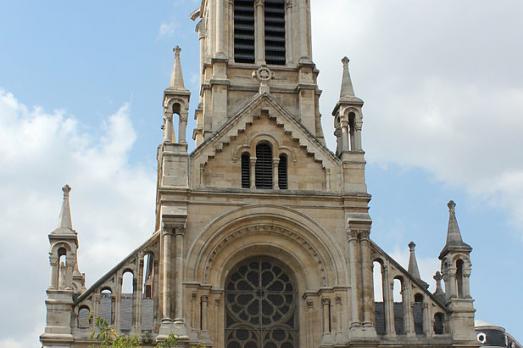
Saint-Gilles, BE
The Church of St. Gilles was built in an eclectic style from 1868 to 1878. The first church was built in Saint-Gilles, then called Obbrussel, as early as the 13th century. Destroyed in 1578 by the inhabitants to prevent it from being used by the Spanish troops who were besieging Brussels, a new church was consecrated in 1600. Remodelled several times, the church was eventually destroyed in order to build a larger one in 1868, as the suburb of Saint-Gilles was experiencing a strong demographic growth. The plans for this new building were entrusted to town planner Victor Besme.

new
As a university city, cultural offerings abound in Tartu and will reach their peak after being designated one of three European Capitals of Culture for 2024. In this list, we've compiled the most interesting sacred places to visit in and around the old town.

Bodø has evolved from a picturesque fishing village to a bustling cultural epicentre in the northeastern Norwegian county of Nordland. Here is a list of the top churches to visit in Bodø, the only European Capital of Culture above the Arctic Circle.

The small Austrian spa town of Bad Ischl is known for its beautiful nature and peaceful atmosphere. Emperor Franz Joseph I of Habsburg, described it as an "earthly paradise". Here is a list of religious heritage sites you should visit.